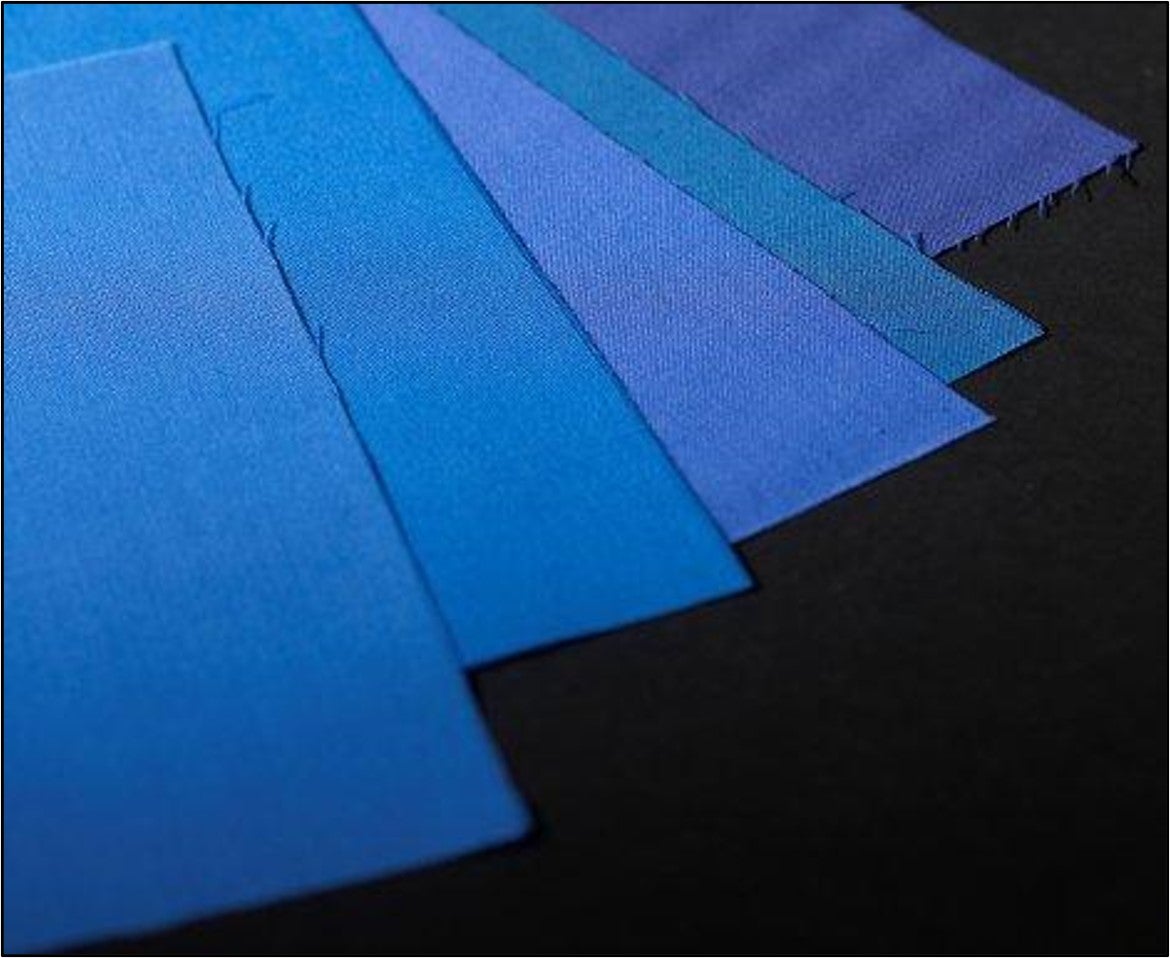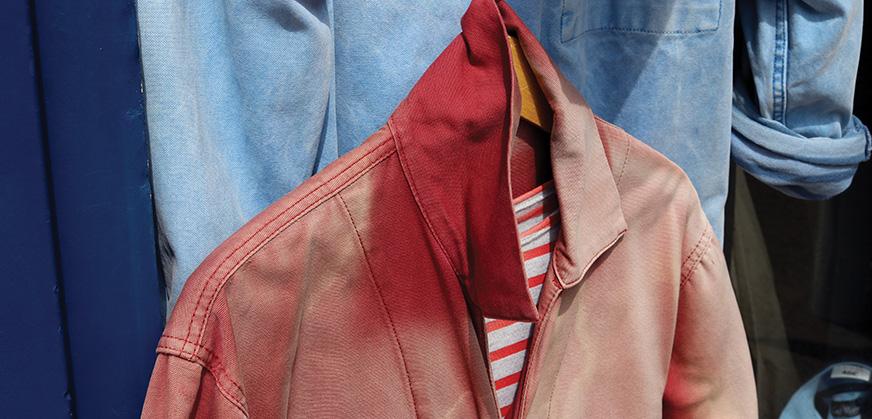Understanding the Reference Materials Used in ISO 105-B02
Blog
Last Updated 2025
ISO 105-B02 is a widely used standard for testing the lightfastness of textiles, focusing on how resistant a material’s color is to fading when exposed to artificial xenon light. This test simulates indoor conditions, such as sunlight filtering through a window, and is commonly applied to various textiles such as carpets, curtains, and upholstery. Unlike other weathering tests, it emphasizes color retention rather than mechanical degradation. A key aspect of ISO 105-B02 is its use of different reference materials to set up and conduct the test. This blog post explains the use of reference materials in weathering testing, and their specific application in ISO 105-B02.
Reference Materials in Weathering Testing
Reference materials are, generally speaking, materials that have known performance characteristics. In weathering testing, they are sometimes placed into two classifications - standard references and control materials. Standard references are materials that are used for calibration and/or performance comparison that may not be closely related to materials under test. Polystyrene is a very well-known example - its consistent yellowing behavior when exposed to light and heat has been used for decades to qualify tester performance to SAE xenon arc standards. The fading of blue wool is another common example, as we will see below. Control materials are samples of known performance that do have some relation to the material under test - one of your own established products, perhaps, or even a competitive product. Since most weathering testing is relative, or comparative, evaluating lightfastness performance relative to incumbent materials can yield very valuable information.
Reference Materials in ISO 105-B02
A variety of standard and control references are used in this standard, for various purposes.
- Blue Wool References (Methods 1-3)
ISO 105-B02 uses eight blue wool references (Blue Wool 1-8), ranging from low to high lightfastness, as benchmarks to assess textile fading via a grey scale (1-5, with half-steps). Method 1 employs the full set for detailed R&D, Method 2 uses one set for testing multiple specimens, and Method 3 focuses on a single blue wool for quality control.

- Known Specimens (Method 4)
- Known materials—such as a previous batch, competitor’s sample, or master dye, serve as control materials, with the test specimen’s fading rated as “better than,” “worse than,” or “equal to” the reference using a grey scale. This offers a simplifie, direct comparison without the need for blue wool references.
- No Reference (Method 5)
- Using no reference material, the test runs to a set radiant dosage, and fading is evaluated solely using a grey scale, providing a simple, reference-free approach.
- Red Azoic Dye
- A fabric colored with red azoic dye is used as a way to verify humidity within the test chamber (for those test chambers without RH control). The fabric is placed inside of the test chamber throughout the duration of the test - its fading determining if the humidity is within the specified range.
Interested in learning more about exposure cycles, methods, and reference materials used in ISO 105-B02? Check out our new ISO 105-B02 webpage or contact our team today!
